Image of space shuttle Columbia launch.
Click on image for full size
Aris Multimedia Entertainment, Inc. 1994
Rockets
Rockets create thrust by burning fuel within a confined space and expelling the exhaust gases through a small opening, pushing the rocket in the other direction. They are able to generate the high speeds necessary to leave Earth's gravitational field and travel into space.
The earliest evidence of rockets is from 1045 A.D. by the Chinese who used them in their military tactics. The destructiveness and range of rockets soon made them popular in other Asian countries and throughout Europe. By World War II, technology had developed liquid propulsion systems which were more efficient than solid fuels like gunpowder, and revolutionized rocketry.
The 1942 launch of a German rocket which hit a target 120 miles away marked the beginning of the space age. Since then, continuing research by the U.S. and Soviet space programs has resulted in more and more powerful rockets. Today, rockets make space travel possible throughout the entire solar system.
You might also be interested in:
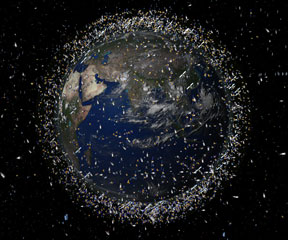
There are several thousand trackable objects in near-Earth space. These objects are baseball size or larger and can be tracked by ground-based radars. Of these thousands of items, only a few hundred are
...more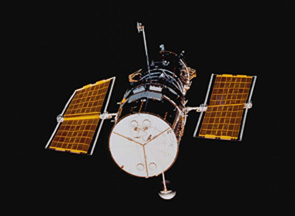
The Hubble Space Telescope (HST) was one of the most important exploration tools of the past two decades, and will continue to serve as a great resource well into the new millennium. The HST is credited
...more
Driven by a recent surge in space research, the Apollo program hoped to add to the accomplishments of the Lunar Orbiter and Surveyor missions of the late 1960's. Apollo 11 was the first mission to succeed
...more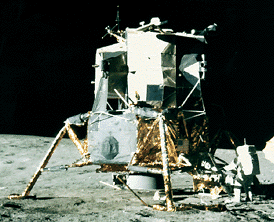
Apollo 12 survived a lightning strike during its launch on Nov. 14, 1969, and arrived at the Moon three days later. Astronauts Charles Conrad and Alan Bean descended to the surface, while Richard Gordon
...more
Apollo 15 marked the start of a new series of missions from the Apollo space program, each capable of exploring more lunar terrain than ever before. Launched on July 26, 1971, Apollo 15 reached the Moon
...more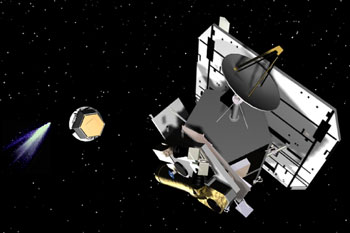
NASA chose Deep Impact to be part of a special series called the Discovery Program on July 7, 1999. In May 2001, Deep Impact was given the "go" from NASA to start with mission development. Deep Impact
...more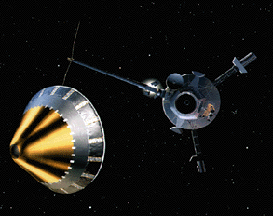
The Galileo spacecraft was launched on October 19, 1989. Galileo had two parts: an orbiter and a descent probe that parachuted into Jupiter's atmosphere. Galileo's primary mission was to explore the Jovian
...more















